
How to save money and cut down on waste when back-to-school shopping
Here are some simple tips on how you can save money and cut down on waste this back-to-school season.
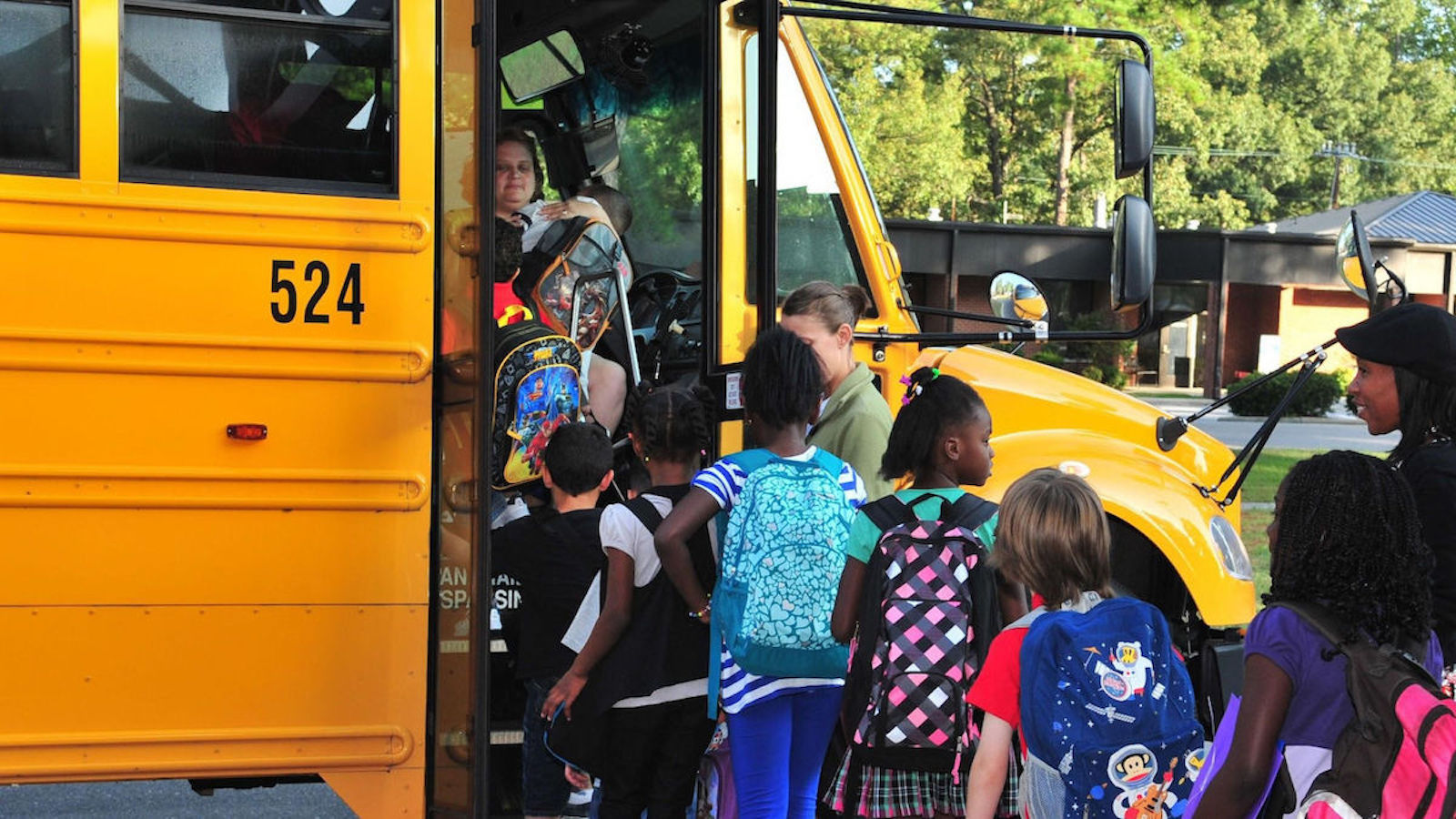
We’re approaching the time of year when summer break is starting to wind down and kids are getting ready to get back into the classroom. Back-to-school season has become a time when parents spend a lot of money to make sure their kids have what they need for the school year– and from school supplies to new clothes, the average American family typically spends upwards of $600 per child on back-to-school needs. Not only does all this shopping have a cost to our pocketbooks, but it also has a cost for our environment.
But it doesn’t have to be this way. Despite what pervasive advertisements tell us, you have options that don’t involve buying all new school supplies and clothes every back-to-school season. Buying things second hand or simply not buying things your kids don’t need can save money and, as an added bonus, can help conserve precious natural resources at the same time.
Here are some simple tips on how you can save money and cut down on waste this back-to-school season:
Make do with last year’s items.
Before heading to the store to stock up on school supplies, take an inventory of what your child already has. If it’s still in good working condition, take it off the list. There’s no need to buy a new backpack, lunchbox, or other school supplies if the ones they have are still in working order.
Repair what you have.
Is your kid’s lunchbox or backpack one hole or broken zipper away from being in working order? Consider repairing your existing items instead of buying new. Visible mending gives your kids the opportunity to give their fabric items their own unique style. You can find a lot of repair guides and tutorials on iFixit or YouTube.
Organize a clothing swap.
Kids grow fast and their fashion sense may change over time, but that doesn’t mean you need to run out and buy a whole new wardrobe every school year. One way that people have refreshed their wardrobe without buying all new clothes is to hold a clothing swap. A clothing swap is where people gather and bring some of the clothes, shoes and accessories they no longer wear (but that are still in decent shape) and trade them with other people. That way, you can get new-to-you clothing without having to spend any money.
Ask your local Buy Nothing or FreeCycle group.
Buy Nothing and FreeCycle Network are neighborhood-based gift economy projects where you can give away things you no longer use and/or get free stuff your neighbors are giving away. Ask the nice folks in your local Buy Nothing or FreeCycle group if they have any school supplies they aren’t using!
Buy second hand items where possible.
With some effort you can find secondhand back-to-school items– from clothing to backpacks to lunch boxes to books to sports equipment and everything in between. You can find a lot of these items at thrift stores, specialty stores or consignment stores. There are also websites like thredUP and PoshMark where you can buy used clothing online.
Buy refurbished electronics.
If your child needs a new calculator or laptop or tablet for school, no need to go out and buy the newest model. Find one that has been refurbished– they are usually much more affordable, and giving electronics a longer life has major environmental benefits.
Purchase a reusable water bottle and food containers.
A big way that you can save money and cut down on waste throughout the school year is to buy your child a reusable water bottle and food containers that they can use for the whole school year. That way, you won’t have to continuously buy single-use water bottles and sandwich bags that just get thrown away. Just be sure to label them with your child’s name– we know how easily kids lose things.
Write your kids’ name on their stuff.
Speaking of kids losing things, can we talk about sweatshirts and jackets for a minute? Any parent knows that kids lose track of their stuff all the time, especially outerwear. Take a minute to write your child’s name on their sweatshirts and jackets so when they inevitably end up lost, they have a better chance of eventually making their way back to you– which can save you a lot of money over the long term.
Only buy the supplies that your kids really need.
It can be really fun and exciting to buy a bunch of shiny new school supplies for your kids. The reality is, so much of it is stuff they don’t really need and won’t end up using. And really, the best way to save money (and cut down on waste) is to just not buy the stuff they don’t need and won’t use.
Talk to your kids about taking care of their stuff and how to prevent waste.
One great way to prevent having to throw stuff away before the end of its useful life is to empower your kids to be good stewards. Encourage them to take care of their stuff– whether it’s putting the cap on their markers, keeping track of their jacket or not throwing their lunchbox across the playground, kids play an important role in keeping their school supplies in use for as long as possible. Additionally, they may feel some pressure to have new stuff, so have a conversation with them about the importance of conserving resources and protecting the environment. This can help them connect the dots between the stuff they use and the impact it has on the environment, and hopefully build a foundation for lifelong environmental stewardship.
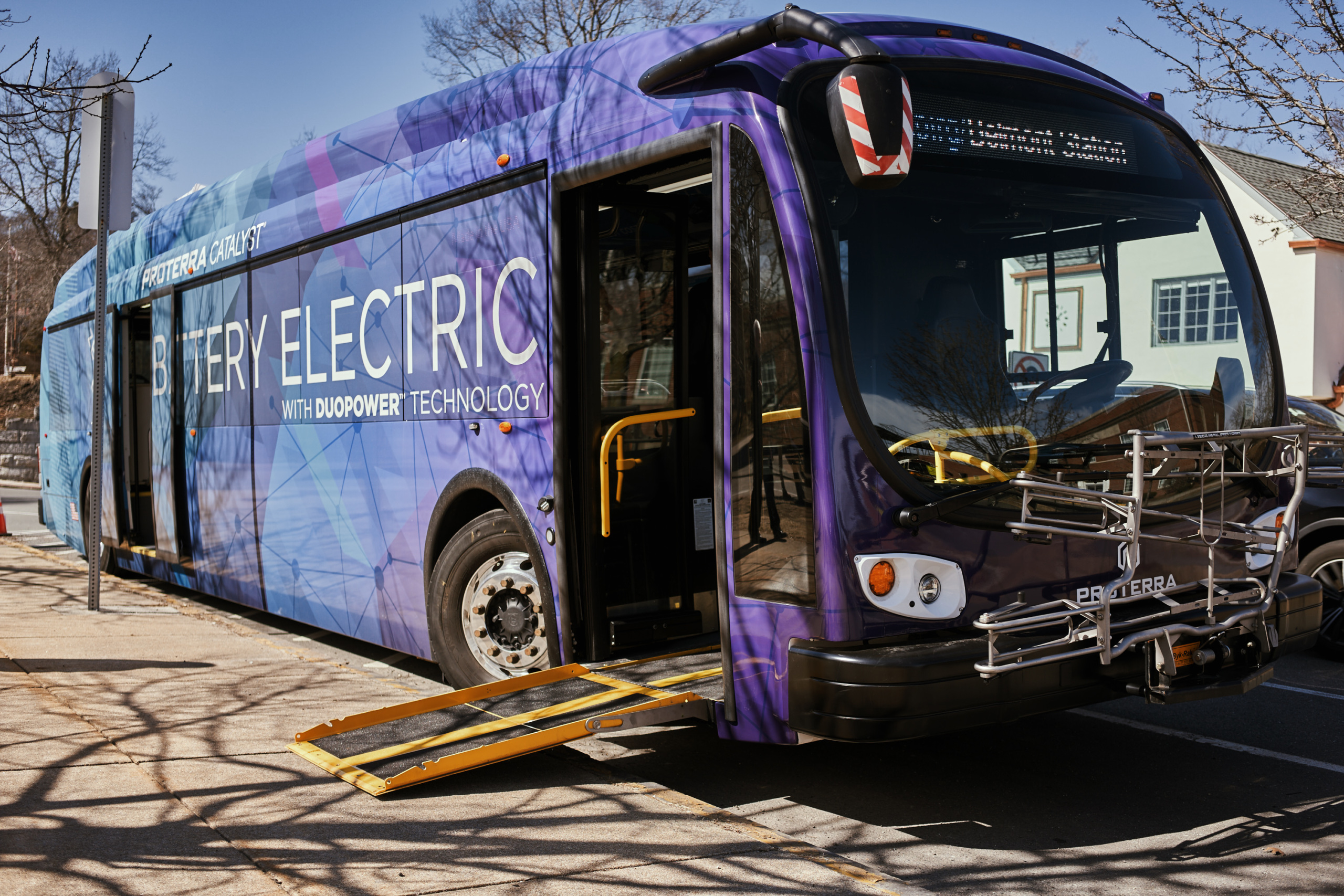
Tell your governor to commit to all-electric public and school buses
To mitigate air pollution caused by diesel exhaust, we have to transition public buses and school buses to electric vehicles.
Topics
Authors
Celeste Meiffren-Swango
State Director, Environment Oregon
As director of Environment Oregon, Celeste develops and runs campaigns to win real results for Oregon's environment. She has worked on issues ranging from preventing plastic pollution, stopping global warming, defending clean water, and protecting our beautiful places. Celeste's organizing has helped to reduce kids' exposure to lead in drinking water at childcare facilities in Oregon, encourage transportation electrification, ban single-use plastic grocery bags, defend our bedrock environmental laws and more. She is also the author of the children's book, Myrtle the Turtle, empowering kids to prevent plastic pollution. Celeste lives in Portland, Ore., with her husband and two daughters, where they frequently enjoy the bounty of Oregon's natural beauty.
Janet Domenitz
Executive Director, MASSPIRG
Janet has been the executive director of MASSPIRG since 1990 and directs programs on consumer protection, zero waste, health and safety, public transportation, and voter participation. Janet has co-founded or led coalitions, including Earth Day Greater Boston, Campaign to Update the Bottle Bill and the Election Modernization Coalition. On behalf of MASSPIRG, Janet was one of the founding members of Transportation for Massachusetts (T4MA), a statewide coalition of organizations advocating investment in mass transit to curb climate change, improve public health and address equity. Janet serves as Chair of the Board of Directors for the Consumer Federation of America and serves on the Common Cause Massachusetts executive committee, Alliance for a Healthy Tomorrow board of directors, and Department of Environmental Protection Solid Waste Advisory Committee. For her work, Janet has received Common Cause’s John Gardner Award and Salem State University’s Friend of the Earth Award. Janet lives in Cambridge, Massachusetts, with her husband and two sons, and every Wednesday morning she slow-runs the steps at Harvard Stadium with the November Project.
Find Out More
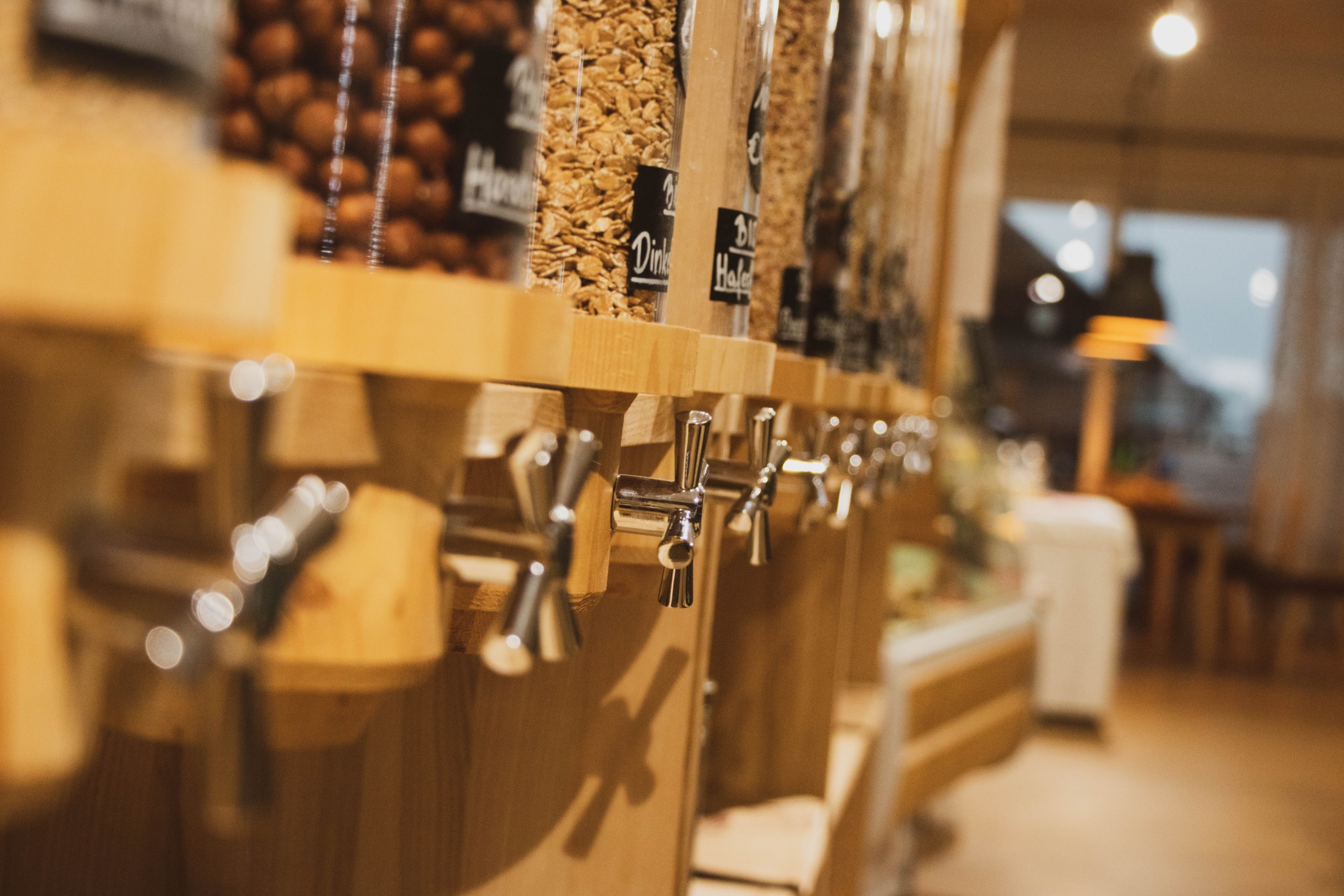
Ditch plastic packaging: Shop at your local refillery
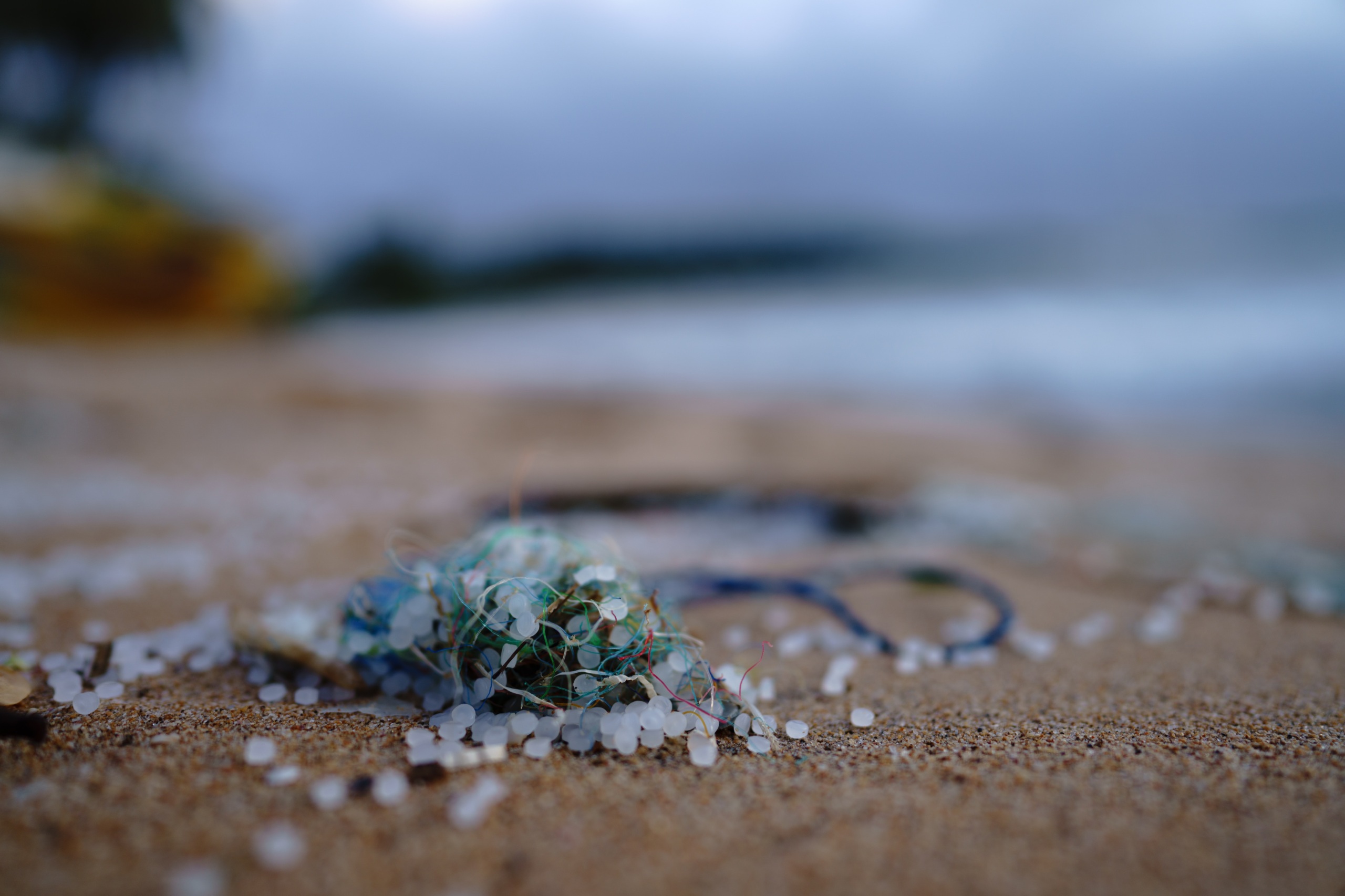
Millions of tiny plastic pellets are being dumped into our waterways
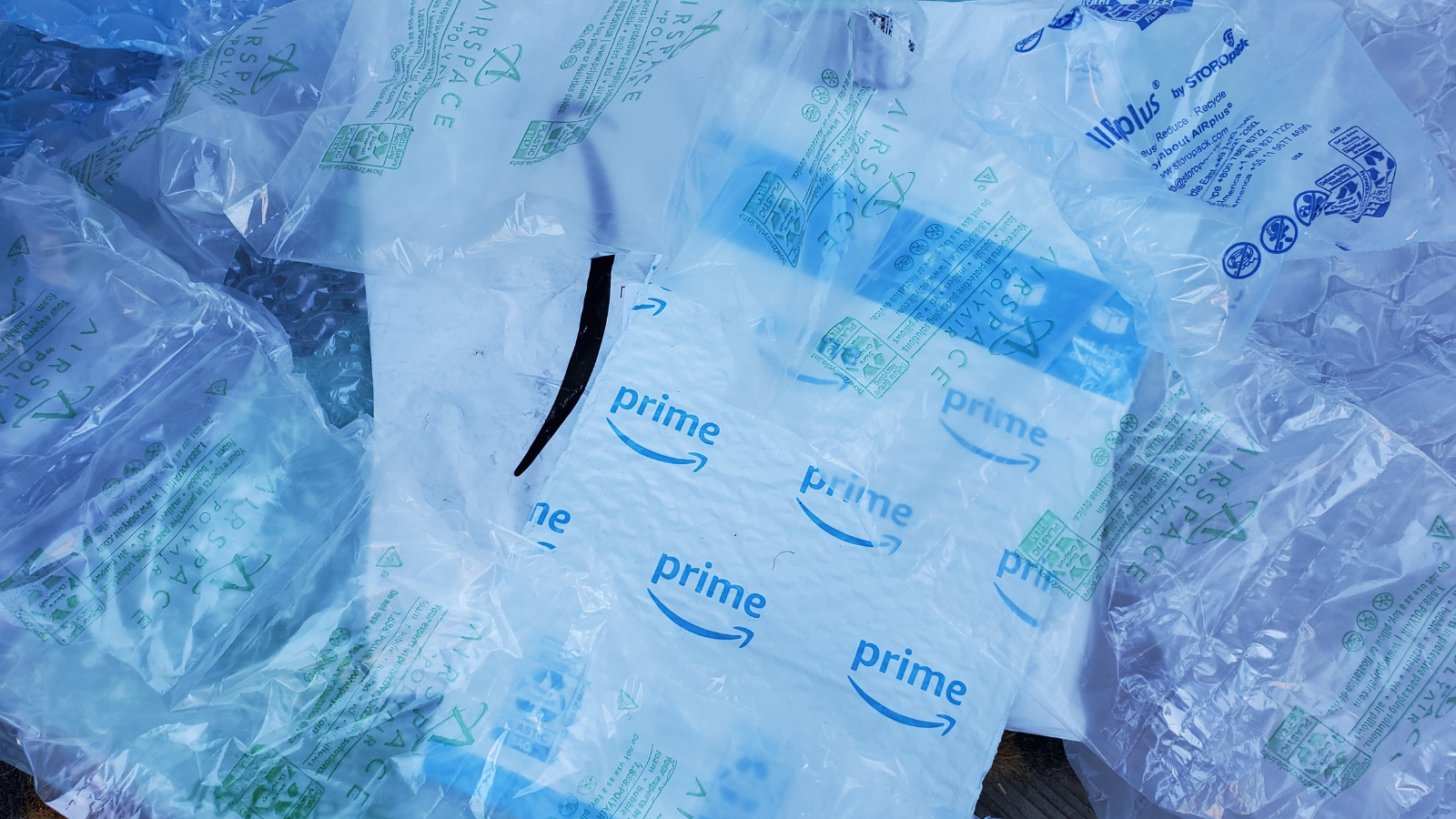
Turning plastic waste into plastic lumber isn’t recycling


